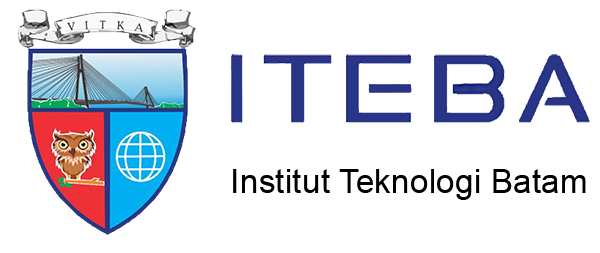Batam City is the largest city in the Riau Islands Province, Indonesia. The Batam City area consists of Batam Island, Rempang Island and Galang Island and other small islands in the Singapore Strait and Malacca Strait areas. The islands of Batam, Rempang and Galang are connected by the Barelang Bridge. According to the Batam City Population and Civil Registry Service as of 2015, the population of Batam reached 1,037,187 people. Batam is part of the Batam–Bintan–Karimun (BBK) special free trade area.
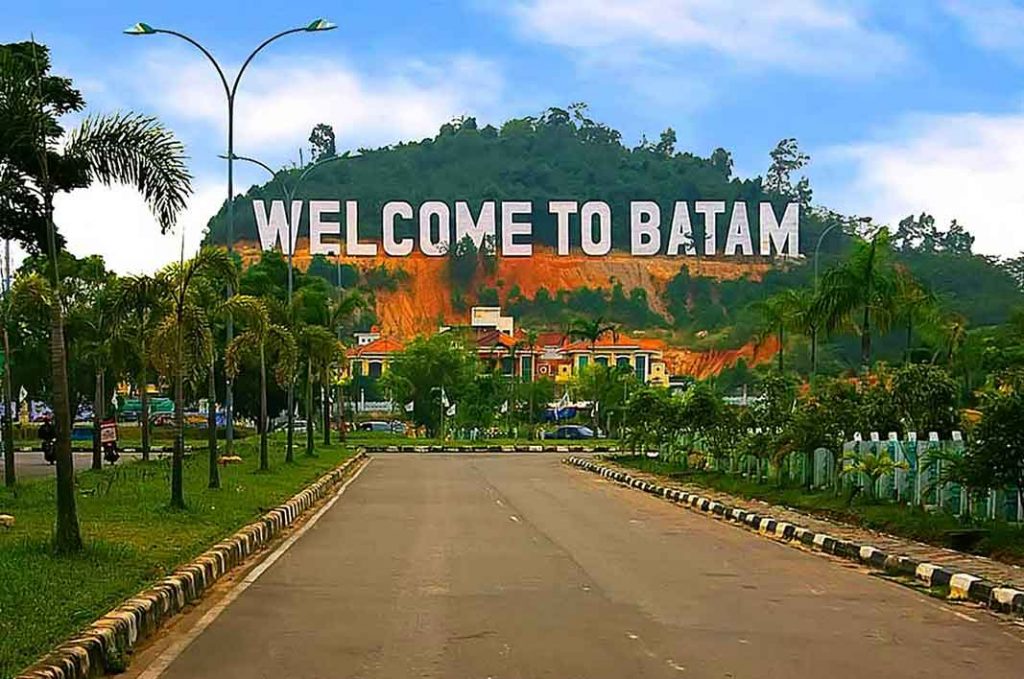
Batam is a city with a very strategic location. Apart from being on international shipping lanes, this city is very close and directly borders Singapore and Malaysia. As a planned city, Batam is one of the cities with the fastest growth in Indonesia.
Geography
This city, which is part of the Riau Islands Province, has a land area of 715 km², while the total area reaches 1,575 km². Batam City has a tropical climate with an average temperature of 26 to 34 degrees Celsius. This city has hilly and valley plains. The land is red soil which is less fertile and the weather often changes so that only crops can grow without following the seasons.
Batam City Boundaries:
North: Singapore Strait and Singapore
South: Lingga Regency
West: Karimun Regency
East: Bintan and Tanjungpinang Islands
Government
Batam City has two types of government, namely the City Government and the Business Body.
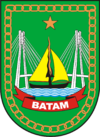
City Government The role of the Batam City government is to take care of all population administration and civil registration as well as Human Resources. On January 5 2011, elections were held for mayor and deputy mayor of Batam. Through an orderly and safe process, Ahmad Dahlan and Muhammad Rudi were elected and appointed as Mayor and Deputy Mayor of Batam for the 2011–2016 period. Currently, the Mayor of Batam is Muhammad Rudi for the 2016–2021 period, accompanied by Amsakar Ahmad as Deputy Mayor of Batam.
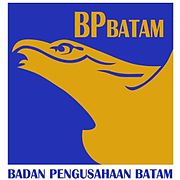
Batam Concession Agency (BP Batam) Batam Free Trade Zone and Free Port Management Agency or often abbreviated as BP Batam is a government agency under the leadership of the Batam Regional Council (DK) of the Central Government, chaired by Darmin Nasution, Coordinating Minister for the Economy. BP Batam plays a role in land management and investment in the Special Economic Zone (KEK) of Batam City.
Demographics
The people of Batam City are a heterogeneous society consisting of various tribes and groups. The dominant ethnic groups include Malay, Javanese, Batak, Minangkabau and Chinese. Under the umbrella of Malay culture and upholding Bhinneka Tunggal Ika, Batam is conducive to driving economic, socio-political and cultural activities in society..
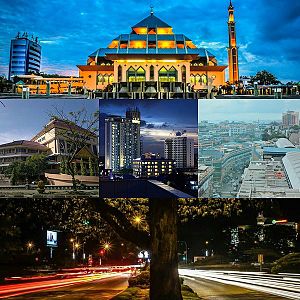
Economy
Batam City’s economic growth is higher than the national economic growth rate, making this region a mainstay for driving economic growth nationally and for the Riau Islands Province. Various economic driving sectors include the communications sector, the electricity, water and gas sector, the banking sector, the industrial and ship transfer sectors, the trade and service sectors are the lifeblood of Batam city’s economy which is not only consumed by the people of Batam and Indonesia but is also an export commodity for other countries. . The existence of economic activities in this city is also intended to increase employment opportunities and community welfare.
The Batam City Government, as the implementer of the development of Batam City together with the Batam City Regional People’s Representative Council and the participation of the Batam Authority Agency in continuing development, has a commitment to advancing the investment and economic growth of Batam City, this is proven by the existence of a memorandum of understanding between the three agencies, which was then It is hoped that sustainable development of Batam City will be created. Batam, together with Bintan and Karimun, now has the status of a Special Economic Zone (KEK). It is hoped that this will increase investment in Batam which is ultimately aimed at improving community welfare.
Sekupang International Ferry Terminal Tourism, which connects Batam with Singapore. In 2010, Batam City held a year of tourist visits entitled Visit Batam 2010 – Experience it. Supported by international standard hotel and resort facilities as well as various tourist activities arranged in the Batam City Tourism Activity Calendar, it is hoped that it can guarantee the comfort and satisfaction of domestic and foreign tourists when visiting Batam City.
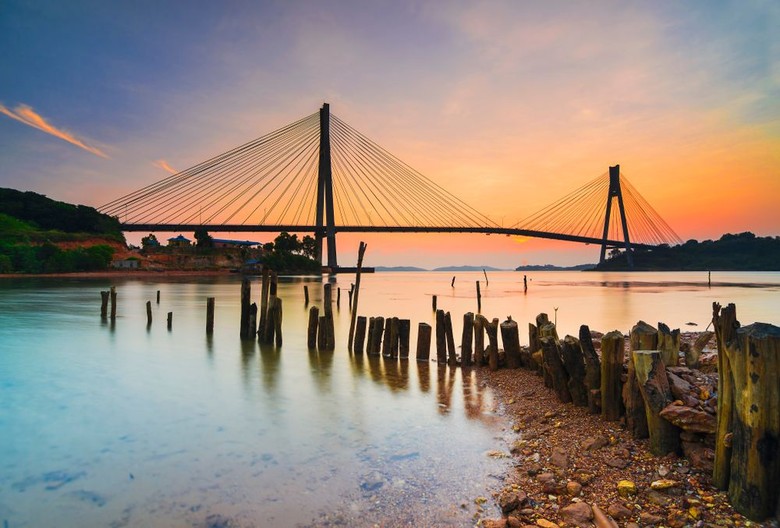
Industry in Batam is divided into heavy industry and light industry. Heavy industry is dominated by the shipbuilding industry, fabrication industry, steel industry, metal industry and others. Meanwhile, light industry includes the manufacturing industry, electronics industry, garment industry, plastics industry and others. Apart from that, Batam is also known to have the largest shipyard production in Indonesia.
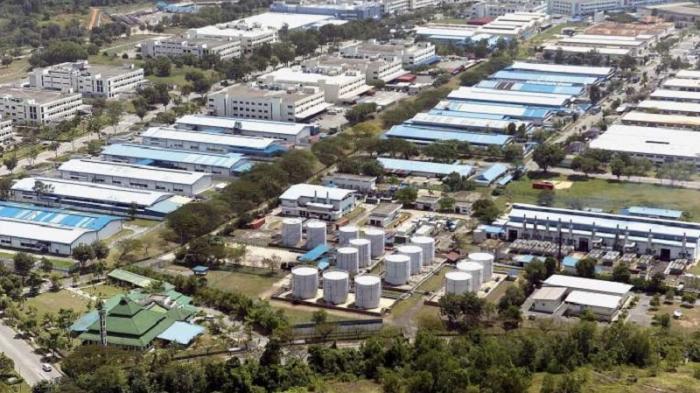
Indonesian Free Trade Zone The Indonesian Free Trade Zone (Indonesia Free Trade Zone) is a policy that has been established by the Indonesian Government and implemented by BP Batam (Badam Pengusahaan Batam) to become a Free Trade Zone and Free Port where the ports are in Batam City, Bintan Regency, and Karimun Regency has a tax-free permit for export-import goods which is valid from 1 April 2009 by the Minister of Finance and the Minister of Trade. This makes electronic goods in Batam City or vehicles exempt from VAT, and causes electronic goods leaving Batam to be subject to additional tax, and cars whose VAT was not paid when purchased cannot be taken out of Batam, before paying 10% VAT
Transportation
Land In Batam City there are highways that connect areas on Batam Island which are national roads, provincial roads and city roads.
Public transportation
Transportation uses taxis, city buses, apart from relatively cheap costs using city transportation and motorbike taxis.
Bus Rapid Transit (BRT)
The bus rapid transit (BRT) system in Batam City, known as TransBatam, began operating in 2005. This system is the second BRT system in Indonesia after TransJakarta. Trans Batam buses operate from 05.30 to 19.00 WIB. Currently, Trans Batam serves 6 route corridors, namely Batam Centre-Sekupang, Batam Centre-Batu Aji, Sekupang-Batu Aji, Batam Centre-Batu Aji, Batam Centre-Tanjung Piayu, Punggur-Jodoh, and Sekupang-Jodoh. The Trans Batam ticket price is Rp. 2,000,- for students, and Rp. 4,000,- for the general public.
Sea Logistics port and passenger port that accelerates access to economic growth in Batam and facilitates access to and from domestic and international.
- International Logistics Port that connects Batam City with Singapore and Malaysia: Sekupang, Batu Ampar, and Kabil.
- International Passenger Ports: Batam Centre, Harbor Bay, Nongsa, Waterfront and Sekupang.
- Domestic Passenger Ports: Harbor Bay, Sekupang, and Telaga Punggur.
- International Passenger Ports: Batam Centre, Harbor Bay, Nongsa, Waterfront and Sekupang.
- Domestic Passenger Ports: Harbor Bay, Sekupang, and Telaga Punggur.
Air By air, Batam can be reached via Hang Nadim International Airport which serves domestic and international routes.
Hang Nadim Airport has the longest runway in Indonesia and one of the longest in Southeast Asia, namely 4,025 meters and has international status making Hang Nadim Batam Airport the largest in the Riau Islands, and the second largest in Sumatra after Medan’s Kuala Namu International Airport. Hang Nadim serves domestic flight routes at all airports in the Riau Islands (Dabo Airport, Raja Haji Fisabilillah Airport, and Ranai Airport) and also serves domestic flights to all of Indonesia such as Aceh, Kualanamu, Padang, Pekanbaru, Jambi, Palembang, Bandar Lampung, Bengkulu, Jakarta , Bandung, Semarang, Yogyakarta, Solo, Surabaya, Denpasar, Pontianak, Balikpapan, Makassar, Pangkalpinang, Silangit, Tanjung Pandan and international flights such as Jeddah, Medina and Subang.
